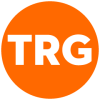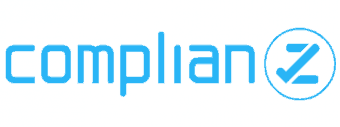Advocacy & Communications on a Budget

Associations large and small grapple with a wide variety of advocacy issues. The Advocacy Leaders Network hosts a series of workshops targeted toward public affairs and government relations professionals to facilitate discussions around various strategies, trends, and case studies important to the field.
A recent workshop, “Advocacy on the Cheap: Changing the World on Any Budget”, aimed to share strategies that could help attendees develop successful campaigns without breaking the bank.
Here are some of the key takeaways that I found most useful for PR pros:
1. Advocacy and communications teams should collaborate on their efforts
This may sound obvious, but several attendees voiced frustration about the communications/marketing team at their organization not always including the advocacy team in conversations or plans surrounding public-facing campaigns. Teaming up on efforts like a national health observance month can be more cost-effective because materials can be re-purposed or cross-promoted to help each team meet their goals.
2. Capitalize on opportunities by repurposing content
It’s important when budgets are tight to get the most bang for your buck when it comes to creating content or leveraging in-person opportunities. For example, if you are interviewing a spokesperson or thought leader around a certain issue for blog content, consider how you could easily turn the interview into a Facebook Live video, or develop bite-sized clips or quotes to cross-promote on social media. Additionally, if you are attending an event, like an annual conference, make sure you are capitalizing on in-person opportunities – through photos, personal stories and listserv contacts for future use.
3. Utilize free or freemium tools for cheap bells and whistles
A great aspect of this workshop was the collective sharing of a variety of tools and tricks that attendees are using to develop materials, graphics and animations for free or almost-free. Tools like thinglink and piktochart help display content in an engaging way, while storify helps curate content to tell a story around a specific hashtag or topic. We also heard great feedback about Lynda.com, an online educational site that offers tutorials for getting started with things like Google Analytics or WordPress, which may be tough or time-consuming to figure out on your own.
4. Find your most engaged audience and help them help you
One of the speakers at the event shared how a moderated listserv he runs serves as an important and simple tool in his advocacy work. The listerv, a basic, text-only email chain, keeps engaged advocates up-to-date on what’s happening on The Hill. Often, the members answer each other’s questions and motivate each other before the team even has a chance to craft a response. In this way, the advocates, or engaged members, are doing the work themselves. This example provides a reminder for PR folks—what tools or community channels can you offer your audience that will encourage them to rally together, facilitate change or take action?
Whether it’s through better collaboration or smarter tools, get to know the right strategies and tactics in order to reach your audience and drive change on a small budget.




